×
Categories
Carmen Tickets

2024/2025 Season
Explore the Carmen schedule this season. Find performances near you. These mesmerizing theater events will leave you breathless and provide great memories for years. Secure your ballet tickets in advance for perfect seats! The next event begins in …
--
Days
--
Hours
--
Minutes
--
Seconds
Contents
Schedule & Tickets
Tour Dates & Ticket Prices
Carmen Ballet
Ballet Performances 2024/2025
×
Ballet Performances: 31
-
Feb0120257:00 PMSatPrices from $42TicketsAvg. price ~ $6236 tickets remaining!
-
Feb0120257:30 PMSatBallet Hispanico: CarmenMahalia Jackson Theater for the Performing Arts | Capacity: 224370116, 1419 Basin Street, New Orleans, LA, USPrices from $74TicketsAvg. price ~ $166Available Tickets: 94
-
Feb0620257:30 PMThuOpera Carolina: CarmenBelk Theatre at Blumenthal Performing Arts Center | Capacity: 209728202, 130 N. Tryon Street, Charlotte, NC, USPrices from $51TicketsAvg. price ~ $158Available Tickets: 258
-
Feb0820258:00 PMSatOpera Carolina: CarmenBelk Theatre at Blumenthal Performing Arts Center | Capacity: 209728202, 130 N. Tryon Street, Charlotte, NC, USPrices from $70TicketsAvg. price ~ $192Available Tickets: 148
-
Feb0920252:00 PMSunOpera Carolina: CarmenBelk Theatre at Blumenthal Performing Arts Center | Capacity: 209728202, 130 N. Tryon Street, Charlotte, NC, USPrices from $70TicketsAvg. price ~ $195Available Tickets: 200
-
Feb2220257:30 PMSatEugene Ballet: Carmen With Orchestra NextSilva Concert Hall at Hult Center For The Performing Arts | Capacity: 244897401, One Eugene Center, Eugene, OR, USPrices from $42TicketsAvg. price ~ $143Available Tickets: 154
-
Feb2320252:00 PMSunEugene Ballet: Carmen With Orchestra NextSilva Concert Hall at Hult Center For The Performing Arts | Capacity: 244897401, One Eugene Center, Eugene, OR, USPrices from $42TicketsAvg. price ~ $138Available Tickets: 174
-
Mar2020257:30 PMThuBallet Hispanico: CarmenFred Kavli Theatre At Bank Of America Performing Arts Center | Capacity: 180091362, 2100 E. Thousand Oaks, Thousand Oaks, CA, USPrices from $58TicketsAvg. price ~ $105Available Tickets: 561
-
Mar2220257:30 PMSatPrices from $57TicketsAvg. price ~ $9441 tickets remaining!
-
Apr1120257:30 PMFriHawaii Opera Theatre: CarmenNeal S. Blaisdell Center - Concert Hall | Capacity: 216196814, 777 Ward St, Honolulu, HI, USPrices from $47TicketsAvg. price ~ $143Available Tickets: 234
-
Apr1320254:00 PMSunHawaii Opera Theatre: CarmenNeal S. Blaisdell Center - Concert Hall | Capacity: 216196814, 777 Ward St, Honolulu, HI, USPrices from $46TicketsAvg. price ~ $140Available Tickets: 171
-
Apr2420257:30 PMThuFlorida Grand Opera: CarmenAu-Rene Theater at Broward Ctr For The Perf Arts | Capacity: 270033312, 201 SW 5th Avenue, Fort Lauderdale, FL, USPrices from $35TicketsAvg. price ~ $224Available Tickets: 395
-
Apr2520257:30 PMFriMiami City Ballet: CarmenZiff Opera House At The Adrienne Arsht Center | Capacity: 240033132, 1300 Biscayne Blvd, Miami, FL, USPrices from $203TicketsAvg. price ~ $51416 tickets remaining!
-
Apr2620252:00 PMSatMiami City Ballet: CarmenZiff Opera House At The Adrienne Arsht Center | Capacity: 240033132, 1300 Biscayne Blvd, Miami, FL, USPrices from $203TicketsAvg. price ~ $51416 tickets remaining!
-
Apr2620257:30 PMSatFlorida Grand Opera: CarmenAu-Rene Theater at Broward Ctr For The Perf Arts | Capacity: 270033312, 201 SW 5th Avenue, Fort Lauderdale, FL, USPrices from $35TicketsAvg. price ~ $217Available Tickets: 396
-
Apr2620257:30 PMSatMiami City Ballet: CarmenZiff Opera House At The Adrienne Arsht Center | Capacity: 240033132, 1300 Biscayne Blvd, Miami, FL, USPrices from $203TicketsAvg. price ~ $51416 tickets remaining!
-
Apr2720252:00 PMSunMiami City Ballet: CarmenZiff Opera House At The Adrienne Arsht Center | Capacity: 240033132, 1300 Biscayne Blvd, Miami, FL, USPrices from $186TicketsAvg. price ~ $38732 tickets remaining!
-
May0220257:30 PMFriCharlotte Ballet: CarmenKnight Theatre at Levine Center for the Arts | Capacity: 119128202, 430 South Tryon Street, Charlotte, NC, USPrices from $106TicketsAvg. price ~ $1424 tickets remaining!
-
May0320257:00 PMSatCharlotte Ballet: CarmenKnight Theatre at Levine Center for the Arts | Capacity: 119128202, 430 South Tryon Street, Charlotte, NC, USPrices from $106TicketsAvg. price ~ $1446 tickets remaining!
-
May0320257:30 PMSatMiami City Ballet: CarmenAu-Rene Theater at Broward Ctr For The Perf Arts | Capacity: 270033312, 201 SW 5th Avenue, Fort Lauderdale, FL, USPrices from $46TicketsAvg. price ~ $178Available Tickets: 487
-
May0420252:00 PMSunMiami City Ballet: CarmenAu-Rene Theater at Broward Ctr For The Perf Arts | Capacity: 270033312, 201 SW 5th Avenue, Fort Lauderdale, FL, USPrices from $46TicketsAvg. price ~ $171Available Tickets: 455
-
May0820257:30 PMThuCharlotte Ballet: CarmenKnight Theatre at Levine Center for the Arts | Capacity: 119128202, 430 South Tryon Street, Charlotte, NC, USPrices from $106TicketsAvg. price ~ $1448 tickets remaining!
-
May0920257:30 PMFriCharlotte Ballet: CarmenKnight Theatre at Levine Center for the Arts | Capacity: 119128202, 430 South Tryon Street, Charlotte, NC, USPrices from $106TicketsAvg. price ~ $1448 tickets remaining!
-
May1020257:00 PMSatCharlotte Ballet: CarmenKnight Theatre at Levine Center for the Arts | Capacity: 119128202, 430 South Tryon Street, Charlotte, NC, USPrices from $110TicketsAvg. price ~ $1648 tickets remaining!
-
May1120252:00 PMSunCharlotte Ballet: CarmenKnight Theatre at Levine Center for the Arts | Capacity: 119128202, 430 South Tryon Street, Charlotte, NC, USPrices from $106TicketsAvg. price ~ $14410 tickets remaining!
-
May1620257:30 PMFriFlorentine Opera: CarmenUihlein Hall at Marcus Center For The Performing Arts | Capacity: 230553202, 929 North Water Street, Milwaukee, WI, USPrices from $64TicketsAvg. price ~ $212Available Tickets: 641
-
May1820252:30 PMSunFlorentine Opera: CarmenUihlein Hall at Marcus Center For The Performing Arts | Capacity: 230553202, 929 North Water Street, Milwaukee, WI, USPrices from $64TicketsAvg. price ~ $211Available Tickets: 492
-
Jun0820252:00 PMSunCarmenHough Hall At Palladium Theater - FL | Capacity: 85033701, 253 5th Avenue North, St. Petersburg, FL, USPrices from $25TicketsAvg. price ~ $10229 tickets remaining!
-
Jun1020257:30 PMTueCarmenHough Hall At Palladium Theater - FL | Capacity: 85033701, 253 5th Avenue North, St. Petersburg, FL, USPrices from $25TicketsAvg. price ~ $88Available Tickets: 52
-
Jun1320258:00 PMFriCarmenHough Hall At Palladium Theater - FL | Capacity: 85033701, 253 5th Avenue North, St. Petersburg, FL, USPrices from $25TicketsAvg. price ~ $5531 tickets remaining!
Show More
Carmen Tour Dates & Ticket Prices
All Ballet Performances

Radio City Rockettes
Ballets: 77
Radio City Music Hall
Dec 18, 2024 10:30 AM 
Radio City Christmas Spectacular
Ballets: 77
Radio City Music Hall
Dec 18, 2024 10:30 AM 
The Nutcracker
Ballets: 743
Citizens Bank Opera House
Dec 18, 2024 1:30 PM 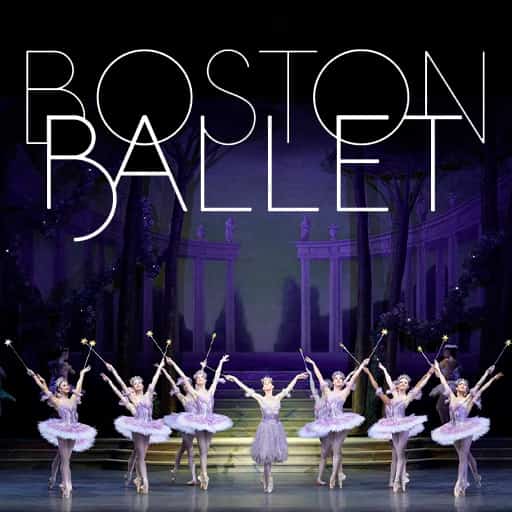
Boston Ballet
Ballets: 59
Citizens Bank Opera House
Dec 18, 2024 1:30 PM 
Alvin Ailey American Dance Theater
Ballets: 87
MainStage At New York City Center
Dec 18, 2024 2:00 PM 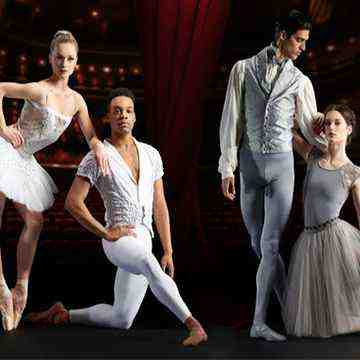
Carolina Ballet
Ballets: 45
Raleigh Memorial Auditorium At Martin Marietta Center for the Performing Arts
Dec 18, 2024 2:00 PM 
New York City Ballet
Ballets: 120
David H. Koch Theater
Dec 18, 2024 2:00 PM 
San Francisco Ballet
Ballets: 74
War Memorial Opera House
Dec 18, 2024 2:00 PM 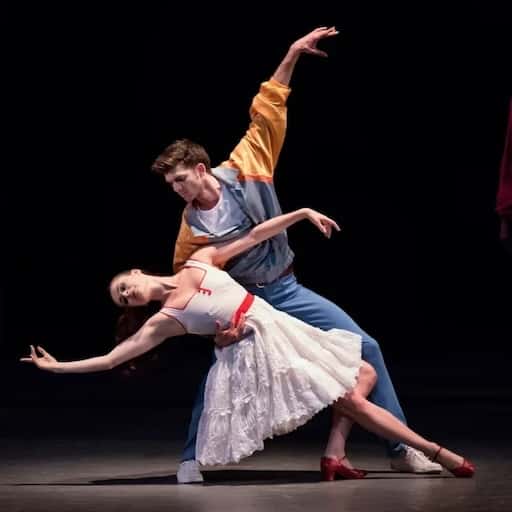
A Colorado Nutcracker
Ballets: 2
Pikes Peak Center
Dec 18, 2024 2:00 PM 
Colorado Ballet Society
Ballets: 2
Pikes Peak Center
Dec 18, 2024 2:00 PM 
Oklahoma City Ballet
Ballets: 17
Thelma Gaylord PAT At Civic Center Music Hall
Dec 18, 2024 7:00 PM 
Miami City Ballet
Ballets: 33
Ziff Opera House At The Adrienne Arsht Center
Dec 18, 2024 7:00 PM 
American Ballet Theatre
Ballets: 56
Segerstrom Center For The Arts - Segerstrom Hall
Dec 18, 2024 7:00 PM 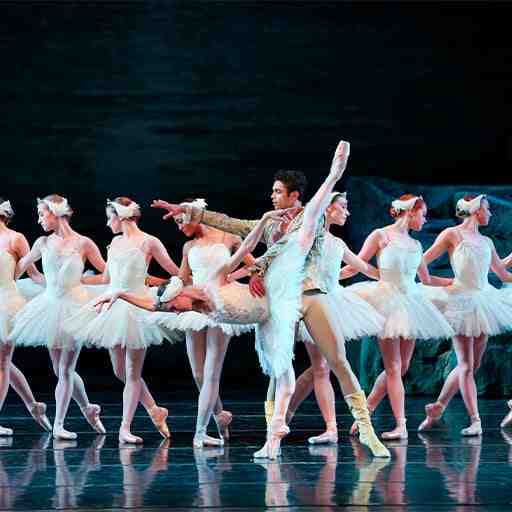
Richmond Ballet
Ballets: 13
Carpenter Theatre At Dominion Energy Center
Dec 18, 2024 7:00 PM 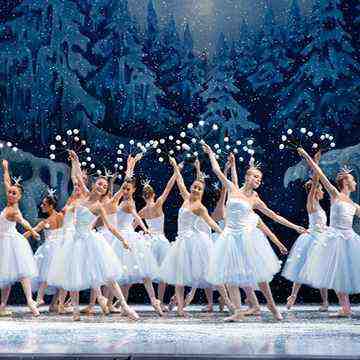
George Balanchine's The Nutcracker
Ballets: 25
Academy Of Music - PA
Dec 18, 2024 7:00 PM 
Nutcracker! Magic of Christmas Ballet
Ballets: 34
Thomas Wolfe Auditorium at Harrah's Cherokee Center
Dec 18, 2024 7:00 PM 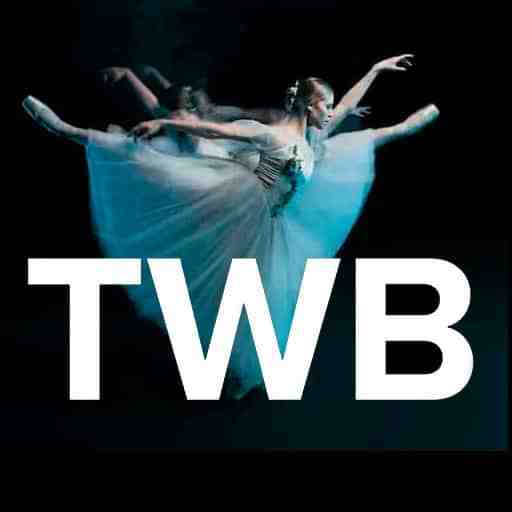
The Washington Ballet
Ballets: 25
Warner Theatre - DC
Dec 18, 2024 7:00 PM 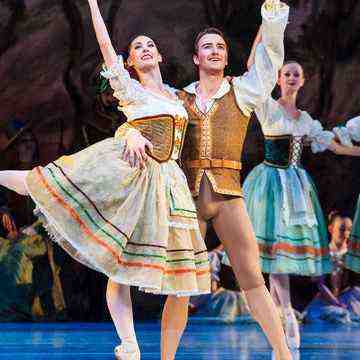
Ballet West
Ballets: 27
Janet Quinney Lawson Capitol Theatre
Dec 18, 2024 7:00 PM 
Jabbawockeez
Ballets: 196
Jabbawockeez Theater At The MGM Grand
Dec 18, 2024 7:00 PM 
National Ballet Of Canada
Ballets: 46
Four Seasons Centre
Dec 18, 2024 7:00 PM 
The Sleeping Beauty - Ballet
Ballets: 101
Johnny Mercer Theatre
Dec 18, 2024 7:30 PM 
Atlanta Ballet
Ballets: 22
Cobb Energy Performing Arts Centre
Dec 18, 2024 7:30 PM 
Manassas Ballet Theatre
Ballets: 15
Merchant Hall At Hylton Performing Arts Center
Dec 18, 2024 7:30 PM 
Houston Ballet
Ballets: 44
Brown Theater at Wortham Center
Dec 18, 2024 7:30 PM
Show More